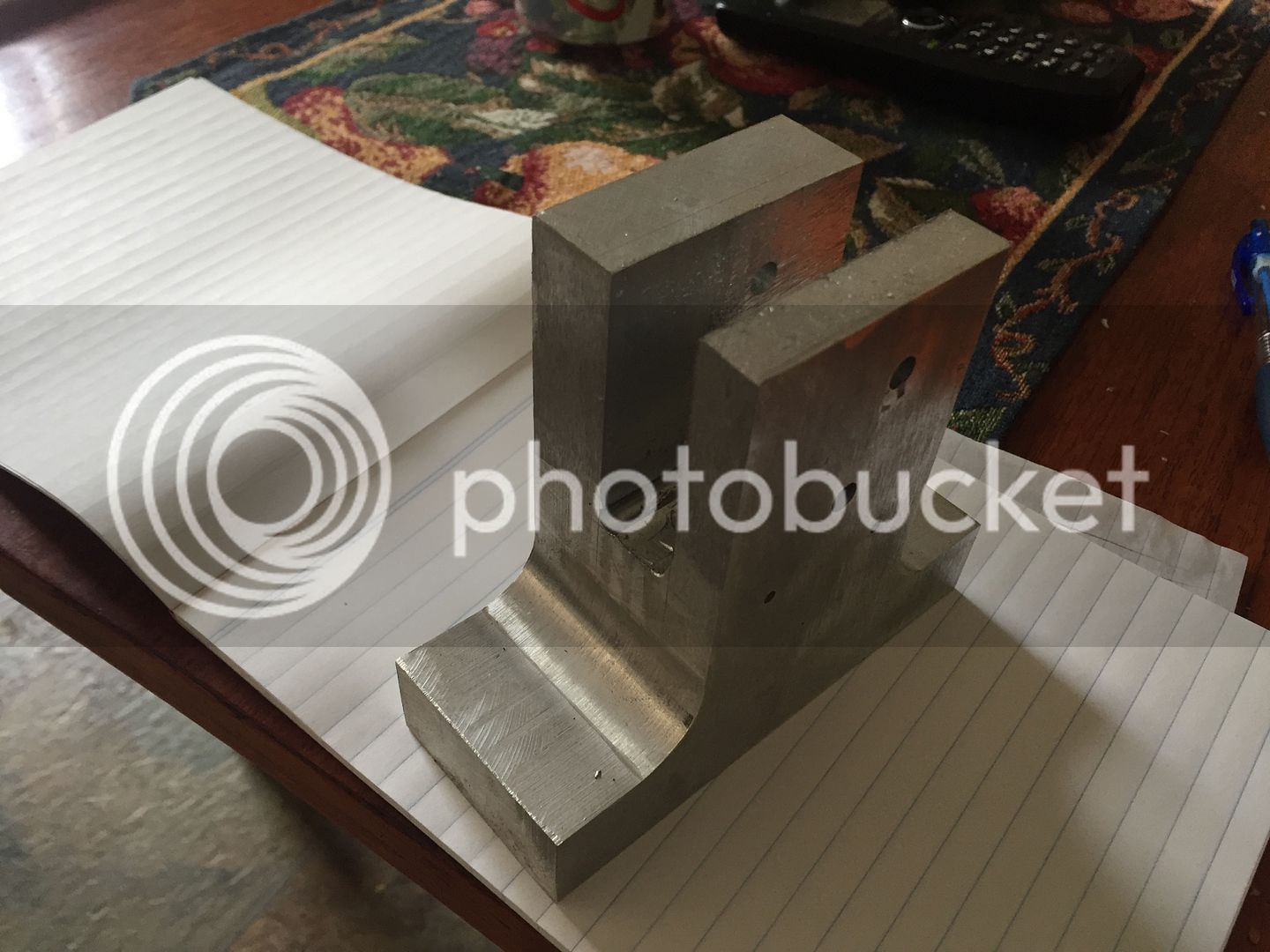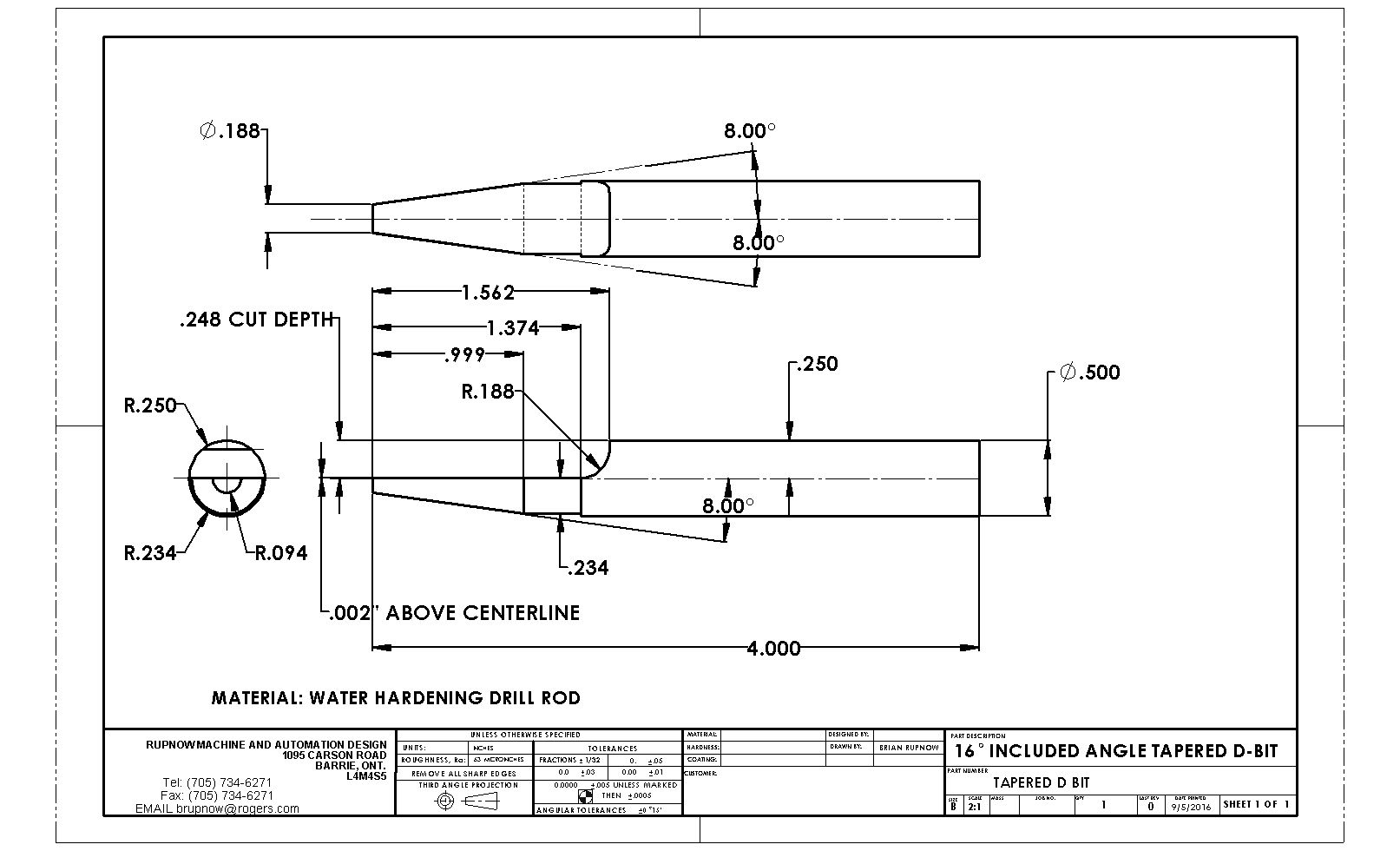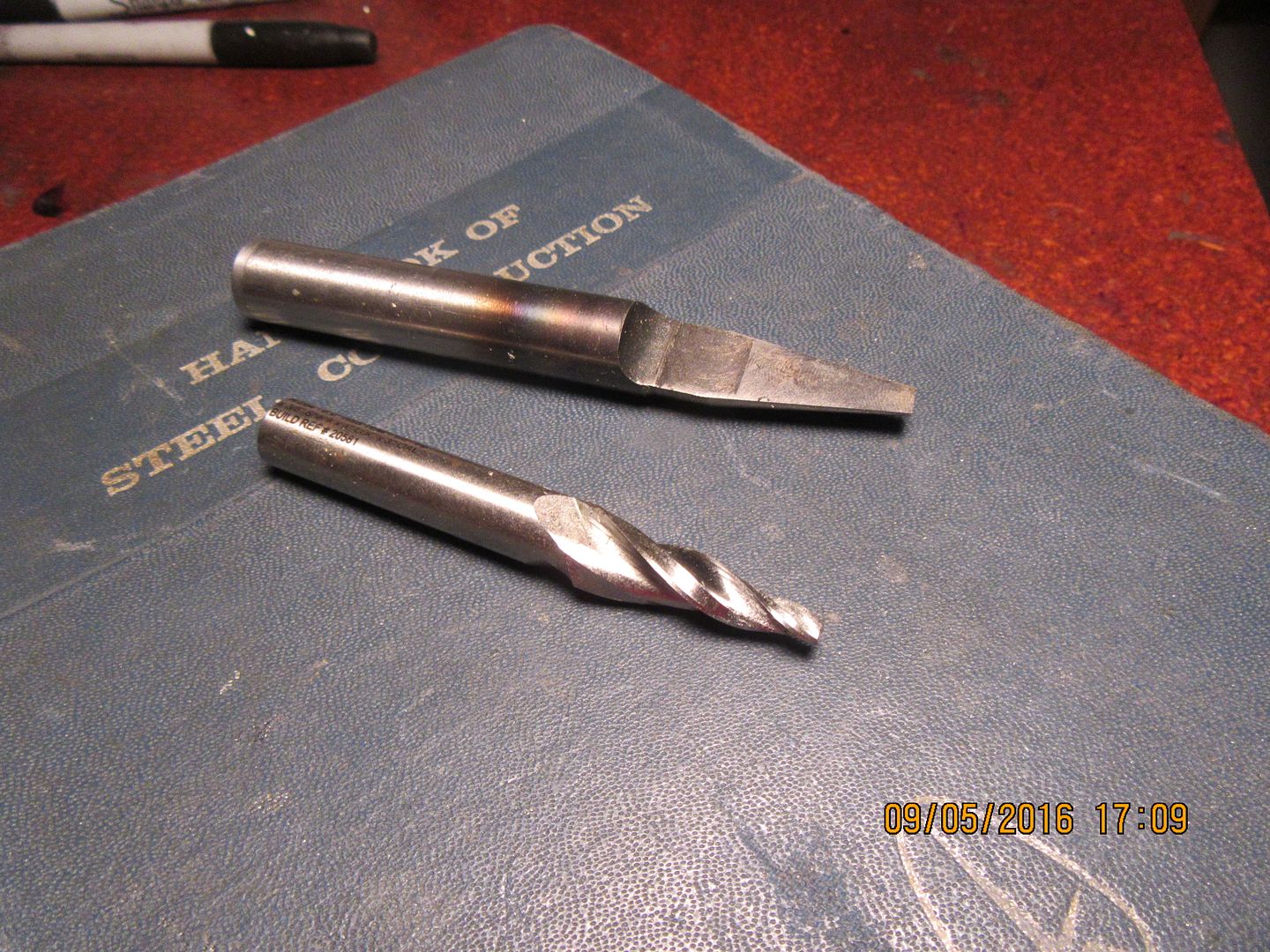Cogsy
Well-Known Member
Here's a cheaper set Herbie - looks to be exactly what I've got (which work fine)but in a more colourful box. Still pricey but better than what you've found http://www.machineryhouse.com.au/M3381.
Edit to add - I see they don't have a shop in S.A. but pretty sure they do shipping. If not I could always pick up a set locally and post them to you.
Edit to add - I see they don't have a shop in S.A. but pretty sure they do shipping. If not I could always pick up a set locally and post them to you.









